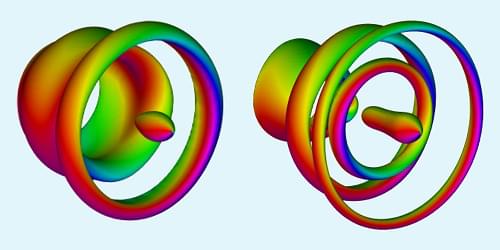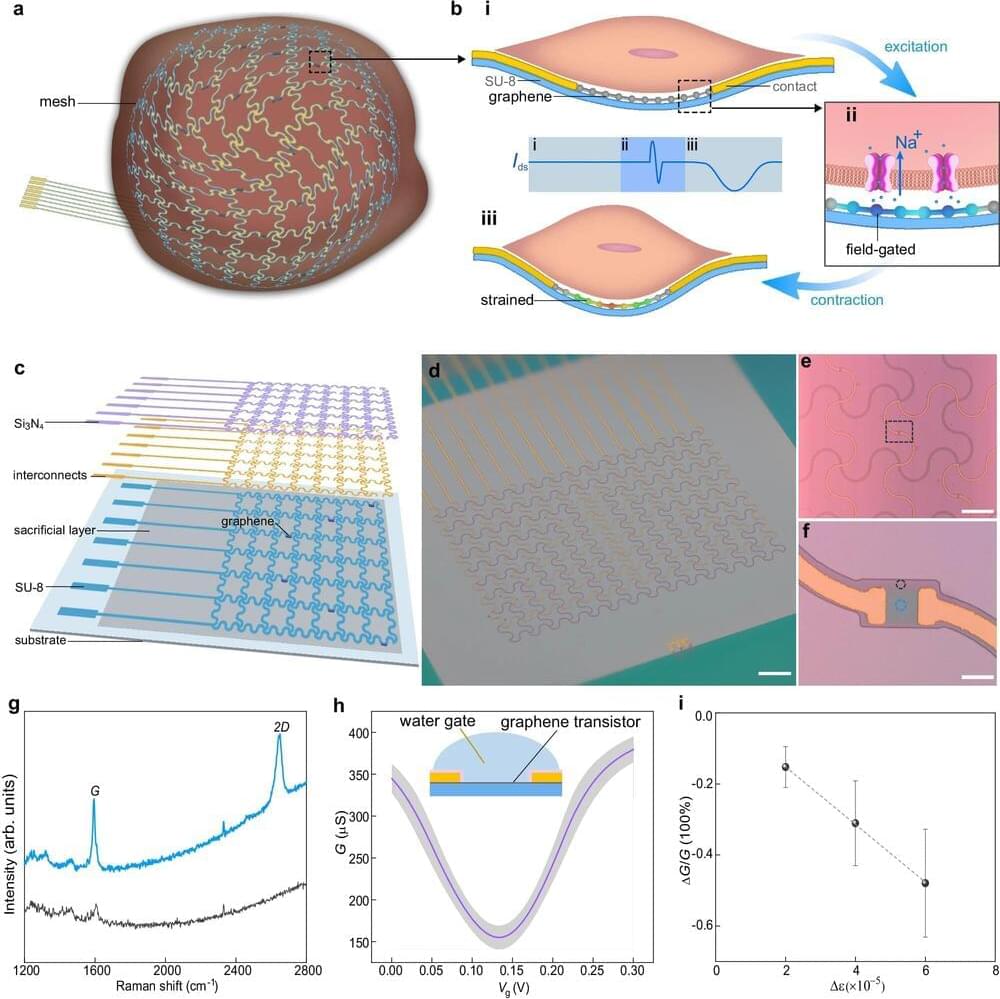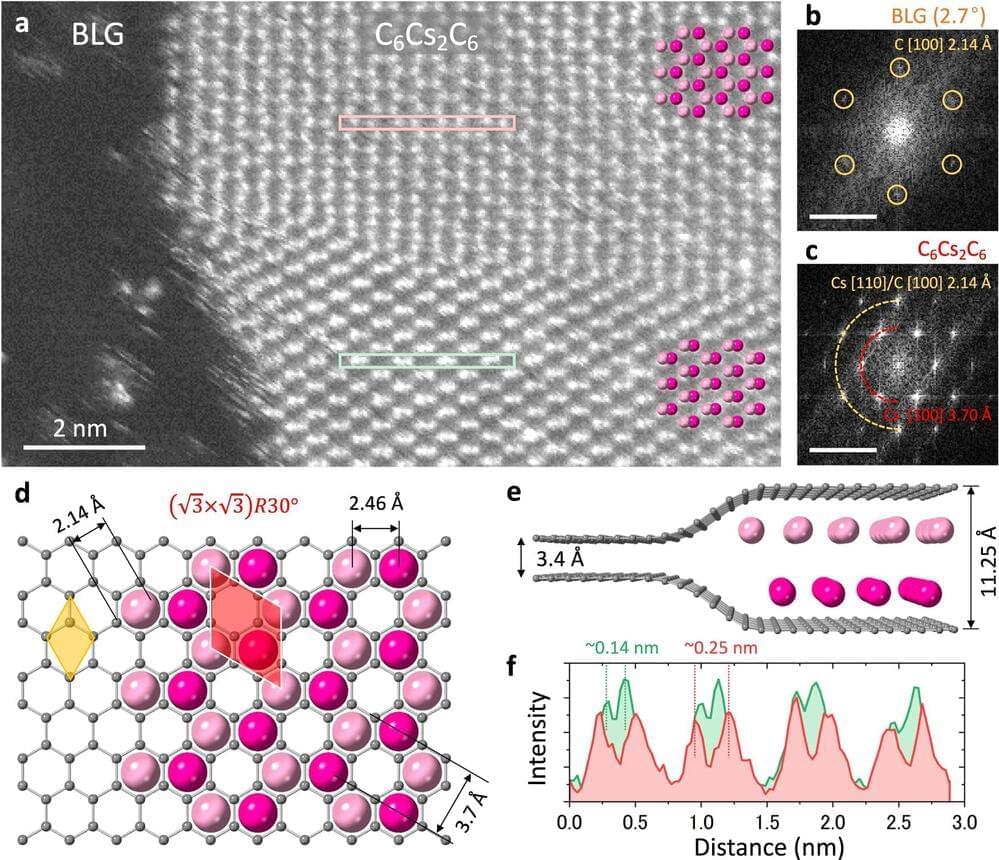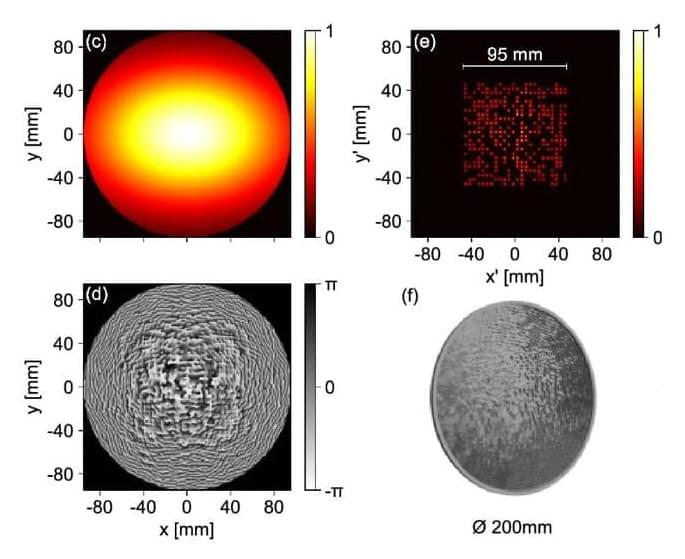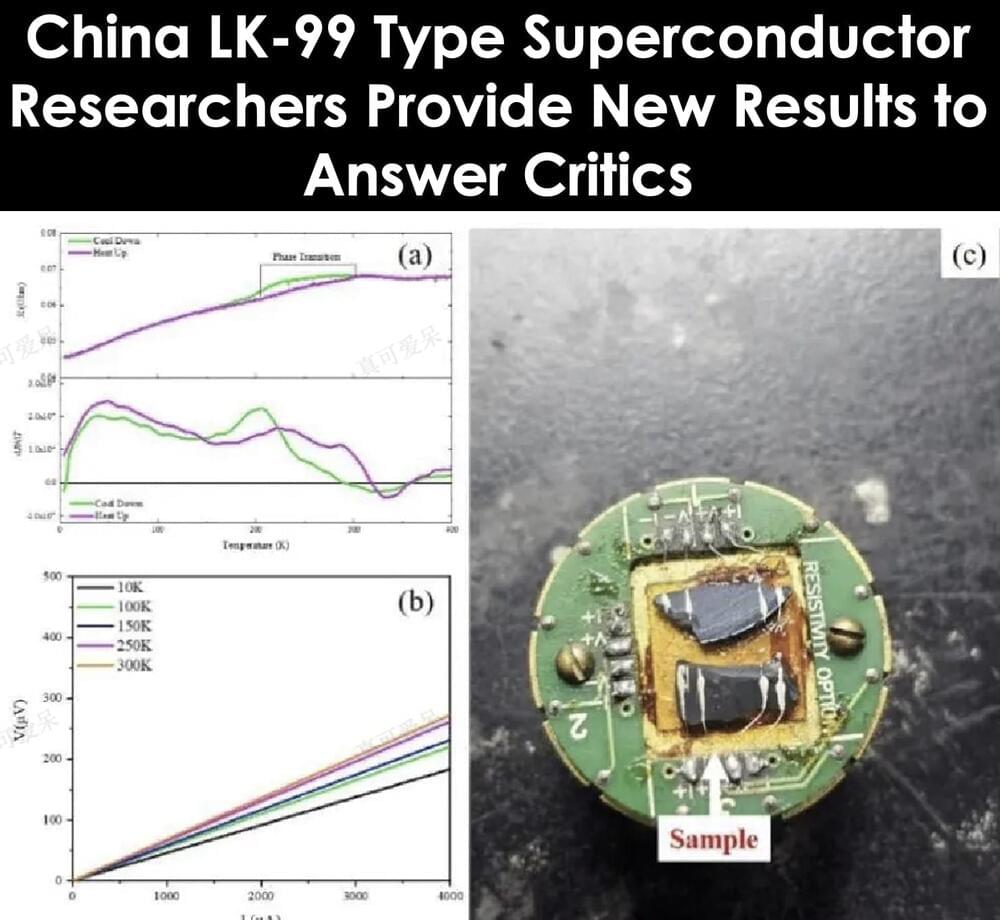Weak fluctuations in superconductivity, a precursor phenomenon to superconductivity, have been successfully detected by a research group at the Tokyo Institute of Technology (Tokyo Tech). This breakthrough was achieved by measuring the thermoelectric effect in superconductors over a wide range of magnetic fields and over a wide range of temperatures, from much higher than the superconducting transition temperature to very low temperatures near absolute zero. The results of this study were published online in Nature Communications on March 16, 2024.
This revealed the full picture of fluctuations in superconductivity with respect to temperature and magnetic field, and demonstrated that the origin of the anomalous metallic state in magnetic fields—which has been an unsolved problem in the field of two-dimensional superconductivity for 30 years—is the existence of a quantum critical point, where quantum fluctuations are at their strongest.



